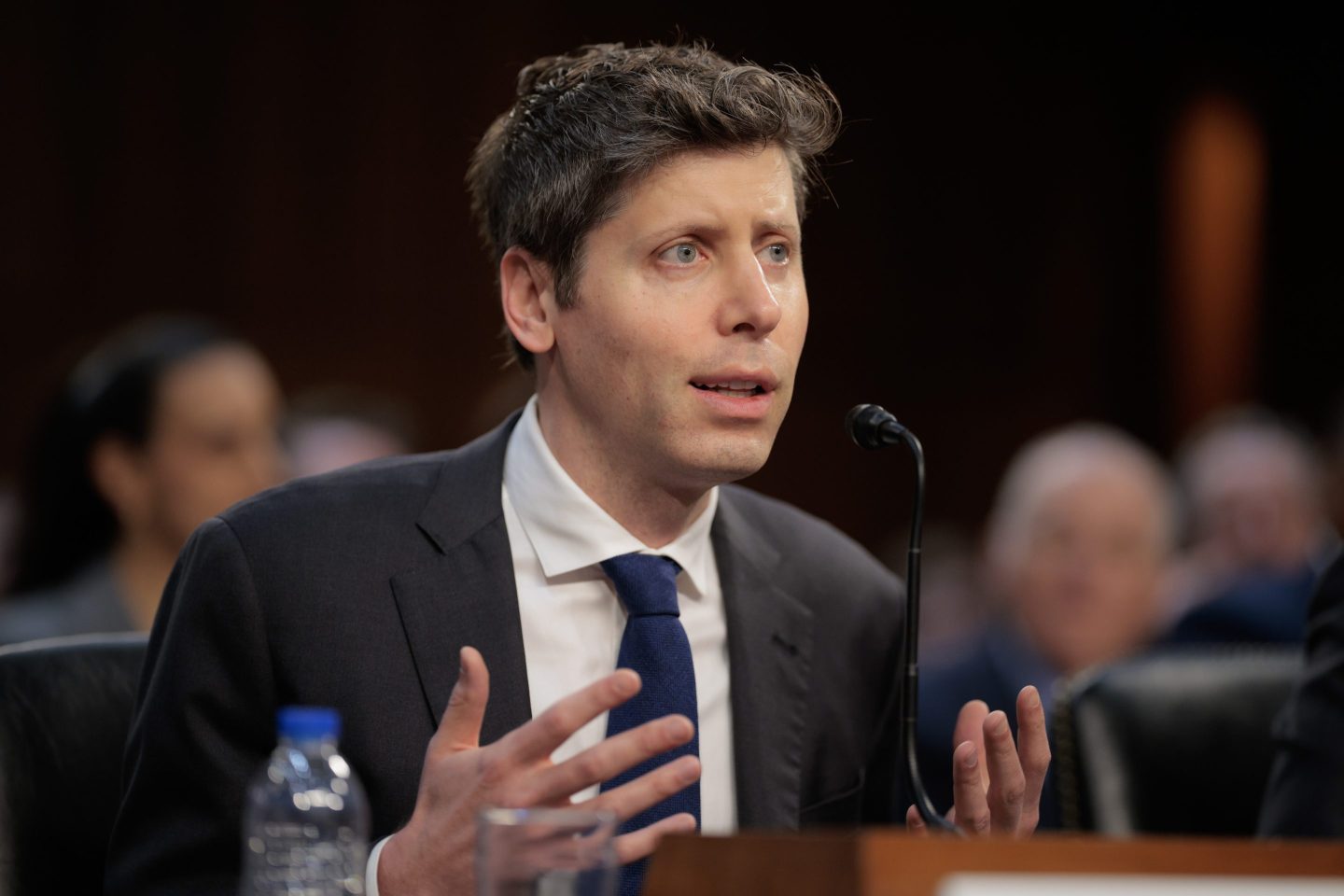Good morning!
An impending economic downturn, stubbornly-high inflation, and interest rates have left workers looking to their employers for financial support. And while some employers have been able to provide compensation increases or cost-of-living adjustments, others are instead supporting employees through financial education and additional wellness benefits. To find out how employers can best help employees achieve financial wellness, I checked in with a company known for its investment advice: Vanguard.
The retirement savings company has taken a liberal approach to financial wellness for its own employees by providing a 4% 401(k) match, $1,500 in flexible funding annually, and financial education programs. Vanguard’s chief human resources officer Lauren Valente spoke with Fortune about the company’s holistic approach to financial well-being.
This interview has been edited and condensed for clarity.
Fortune: Let’s get into the nitty-gritty. How much does Vanguard match for retirement contributions?
Lauren Valente: We have a match of 4%, and we also make a 10% contribution for crew members. That 10% extra contribution is a high differentiator for Vanguard. In the health care space, we also have a robust offering.
With a health savings account, you can put the money away and spend it within the year for health care expenses. We’re trying to educate our employees on this because it is a triple tax-advantaged account: Money goes in tax-free, it grows tax-free, it comes out tax-free, and you can invest it in the market, so it grows over time. If you need it, use it, but if you can leave that money and let it compound over time, it is an additional savings vehicle for your long-term financial success and retirement. In the last several years, we’ve increased our contributions to it and the education around it for employees to try to up their savings rate, which has been working.
Some people earning over $100,000 live paycheck to paycheck due to inflation. How does Vanguard approach financial education?
One of the concepts we’ve been working on with our crew is determining what their next best dollar should go toward. You have some employees generating wealth and thinking about long-term savings goals, but others are living paycheck to paycheck and trying to navigate that. We focus on guiding folks on what to do with their next dollar of discretion.
We’ve been trying to create videos and content to educate on building emergency savings and how and how much a person should save.
How are you all investing in employees’ mental and physical well-being?
Tuition assistance, leave, family-forming benefits, etc. One benefit that’s been a big hit with our crew members is our flex fund, which we introduced last year. It’s a $1,500 stipend for all crew members to spend on qualified well-being expenses, such as gym memberships, meditation app memberships, and family expenses like meal delivery or childcare service.
Amber Burton
amber.burton@fortune.com
@amberbburton
Reporter's Notebook
The most compelling data, quotes, and insights from the field.
HR consultant Josh Bersin asked a question on his blog this week that I've often asked myself: “Were all these layoffs inevitable?” His answer was a resounding “yes.” Hiring sprees, much like the ones we witnessed in the past few years, often result in the need to pare back staff.
“A hiring spree creates a flywheel effect, and it’s often hard to slow it down...‘Time to hire’ becomes the measure of success, so companies raise salaries to get candidates to make decisions quickly. (Meta was paying more than $500,000 a year for 'people analytics' specialists, for example.) And this flywheel keeps spinning, getting messier over time. Hiring managers become flooded with new people, and they struggle to put people to work. So productivity, the whole goal of hiring, starts to decline.”
Around the Table
A round-up of the most important HR headlines, studies, podcasts, and long-reads.
- The U.S. added 517,000 jobs in January, and unemployment fell to 3.4%, the lowest since 1969. New York Times
- Corporate layoffs have employees fearing they could be next, leaving executives feeling like they’re back in charge. Wall Street Journal
- For the first time in 40 years, there are more jobs in Florida than in New York as people move to cheaper states. Bloomberg
- The number of new unemployment claims in the U.S. fell to a nine-month low last week. Reuters
- Some Salesforce employees found out this week that they were part of the job cuts announced last month. TechCrunch
Watercooler
Everything you need to know from Fortune.
A.I. art. Netflix used A.I. to illustrate part of its latest anime release, citing a labor shortage. Animators disagreed and pointed to low wages and long hours as why positions went unfilled. —Nicholas Gordon
Costly severance. Meta’s layoffs in December cost the company approximately $88,000 per person in severance and benefits costs. —Alice Hearing
Computer trouble. Gen Zers feel they lack the tech skills to succeed in the workplace, a surprising development for the digitally native generation. —Chloe Berger
Road trip. Even though commutes are generally despised, they’re one of the best ways to mentally separate work from home. —Matthew Piszczeck, Kristie McAlpine
This is the web version of CHRO Daily, a newsletter focusing on helping HR executives navigate the needs of the workplace. Today’s edition was curated by Paolo Confino. Sign up to get it delivered free to your inbox.













